Scientists from the American Institute of Physics have announced the discovery of a massive, well-preserved impact crater in Guangdong, China, which has revealed a surprisingly intense and recent meteorite strike. The crater, measuring 900 meters across, dwarfs other known craters from the same era and has been confirmed by shock-damaged quartz, which indicates the intense forces involved in the impact. The crater's survival in a high-erosion environment makes it a geological rarity.
According to Dr. Ming Chen, lead researcher on the project, the crater, named Jinlin, was discovered using advanced imaging techniques and has been dated to the Holocene era, a period of significant geological and climatic change. "The preservation of the crater is a remarkable find, given the region's high levels of erosion," Dr. Chen said. "This discovery provides new insights into the impact history of our planet and highlights the importance of continued research into the geological record."
The discovery of the Jinlin crater has significant implications for our understanding of the Earth's recent history. The crater's size and age suggest that it was formed by a large meteorite impact, which would have had a profound effect on the local environment and potentially global climate patterns. "This find challenges our current understanding of the Holocene era and highlights the need for further research into the geological record," said Dr. Chen.
The discovery of the Jinlin crater also raises questions about the potential risks associated with meteorite impacts. While the chances of a large impact occurring in the near future are low, the discovery highlights the importance of continued monitoring and research into the Earth's atmosphere and geological record. "This discovery serves as a reminder of the importance of continued investment in space and Earth sciences," said Dr. Chen.
The research team is currently conducting further studies on the crater, including analysis of the impact's effects on the local environment and potential global climate patterns. The team is also working to develop new techniques for detecting and characterizing impact craters, which will aid in the identification of other potential craters around the world.
The discovery of the Jinlin crater is a significant breakthrough in the field of geology and highlights the importance of continued research into the Earth's geological record. As scientists continue to study the crater, they are gaining new insights into the Earth's recent history and the potential risks associated with meteorite impacts.
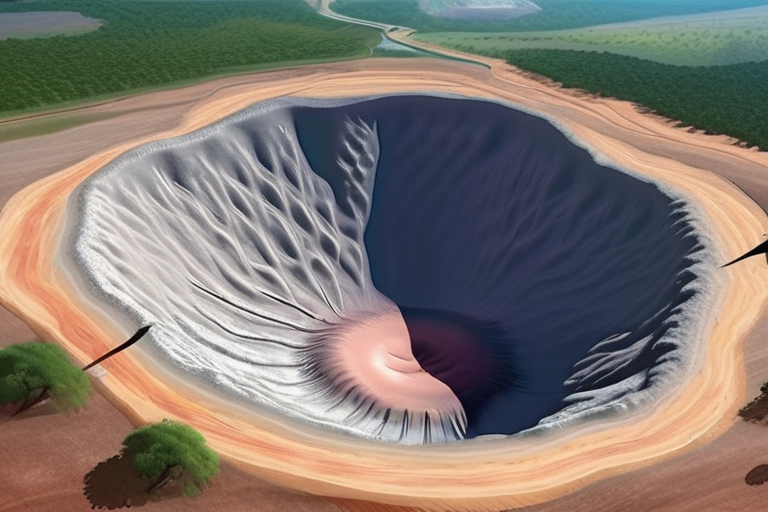



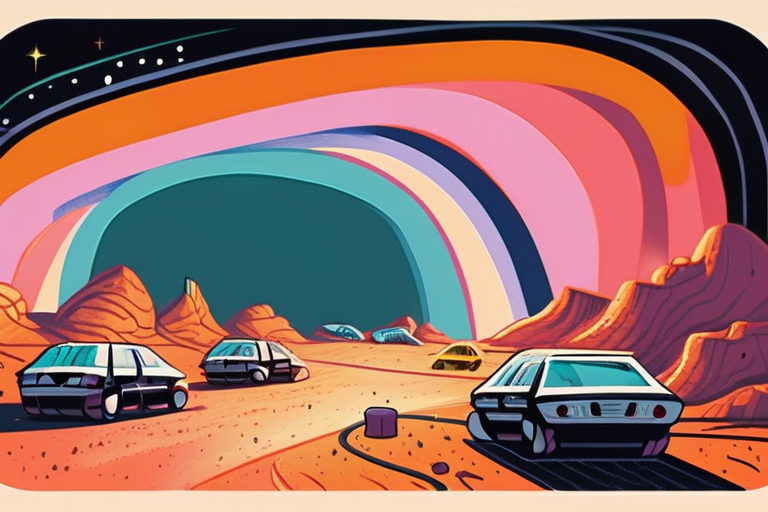

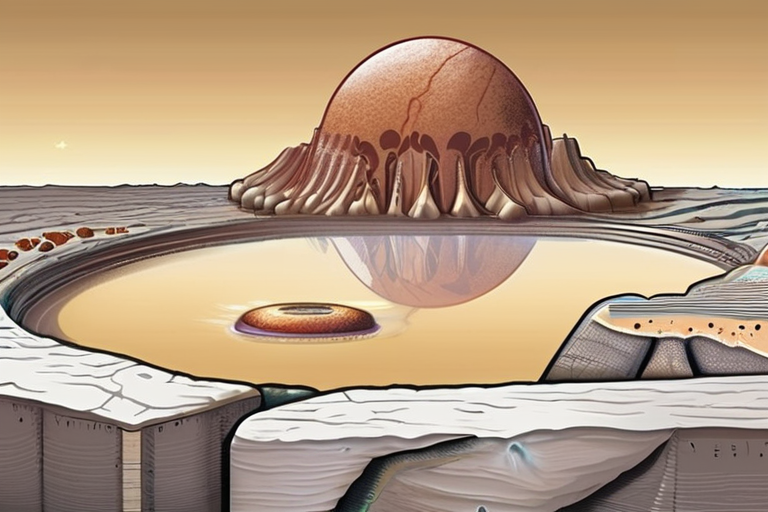


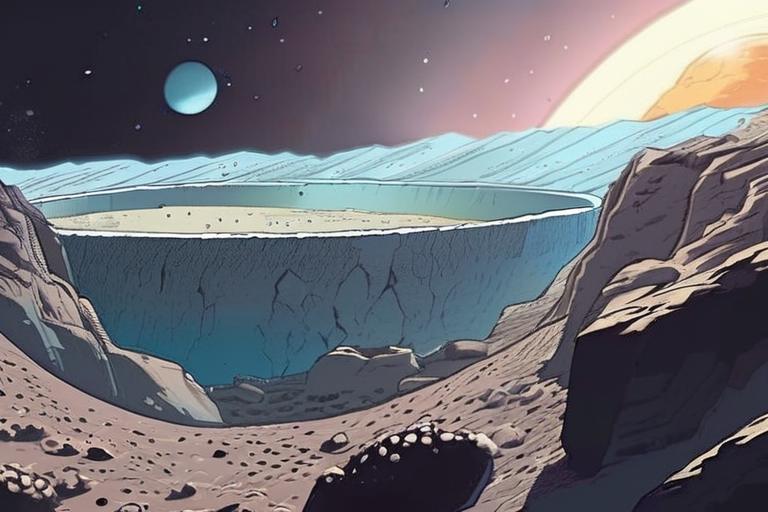



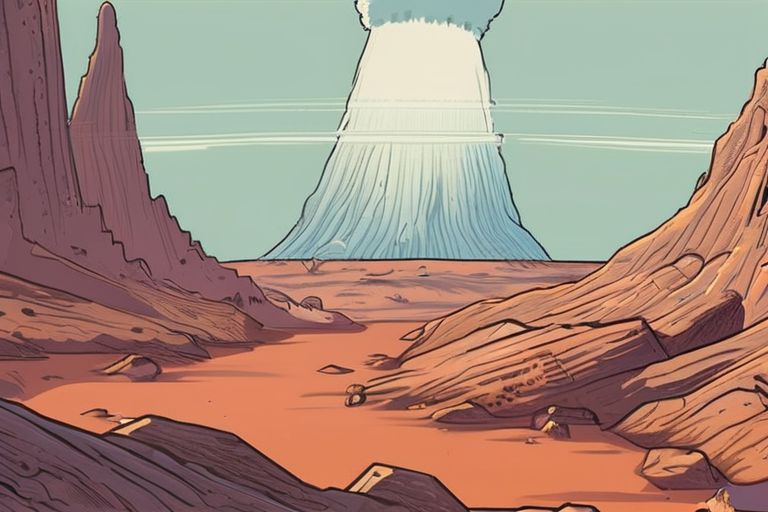
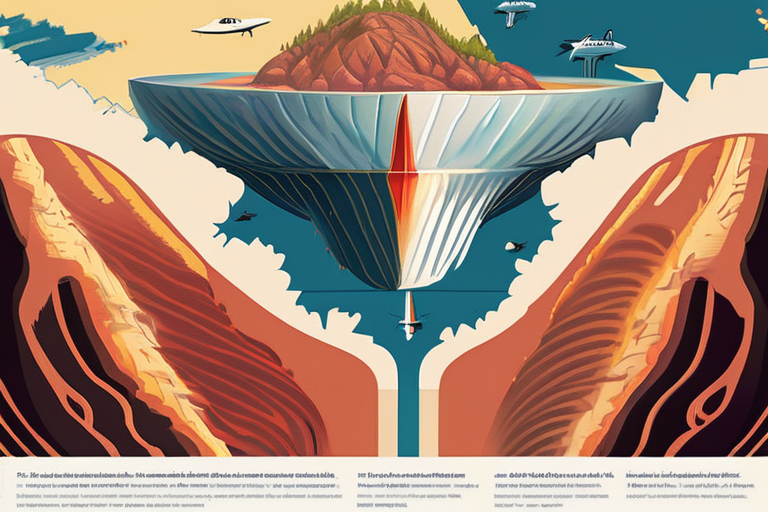

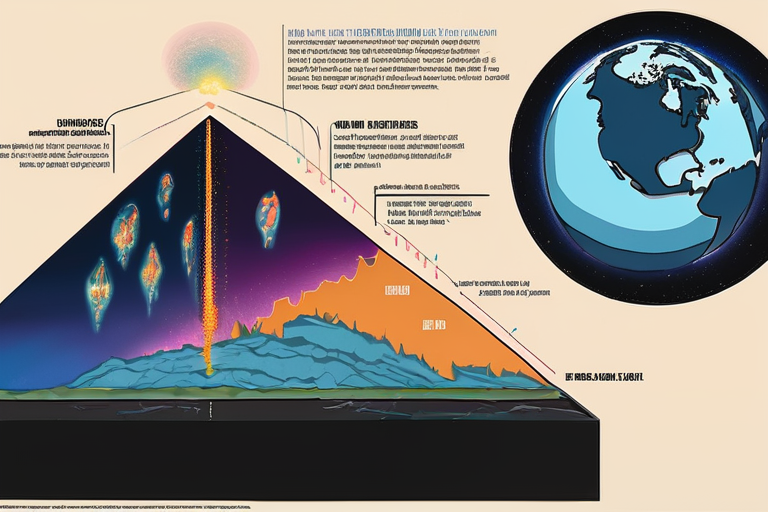
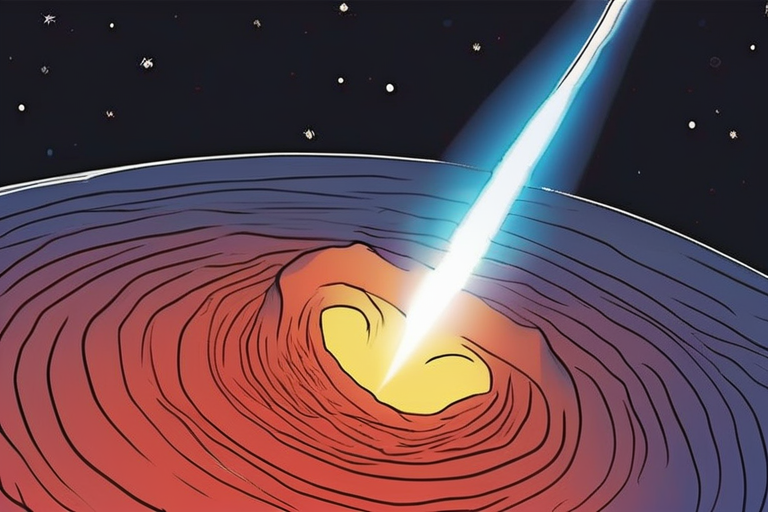



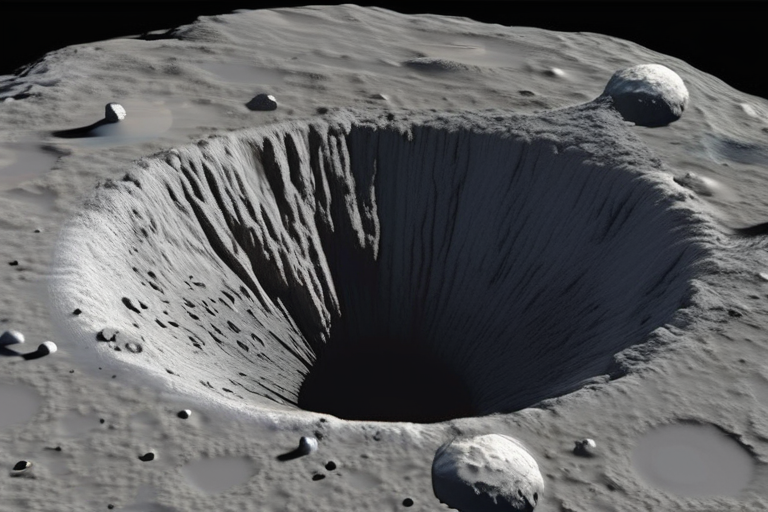
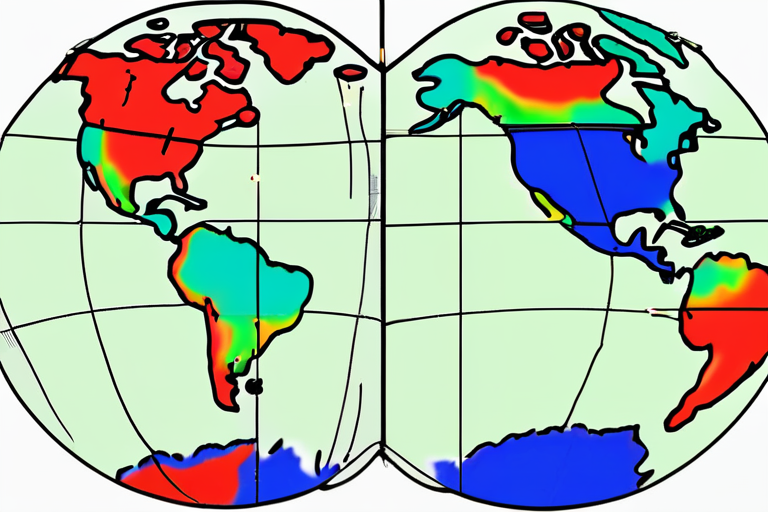

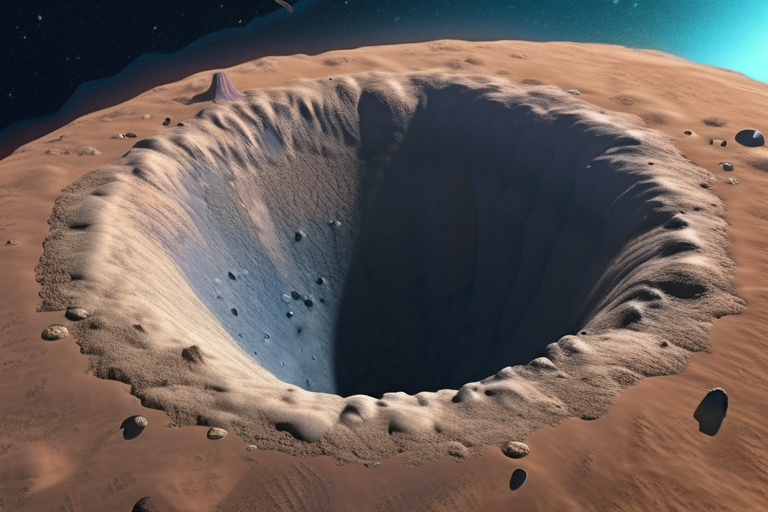

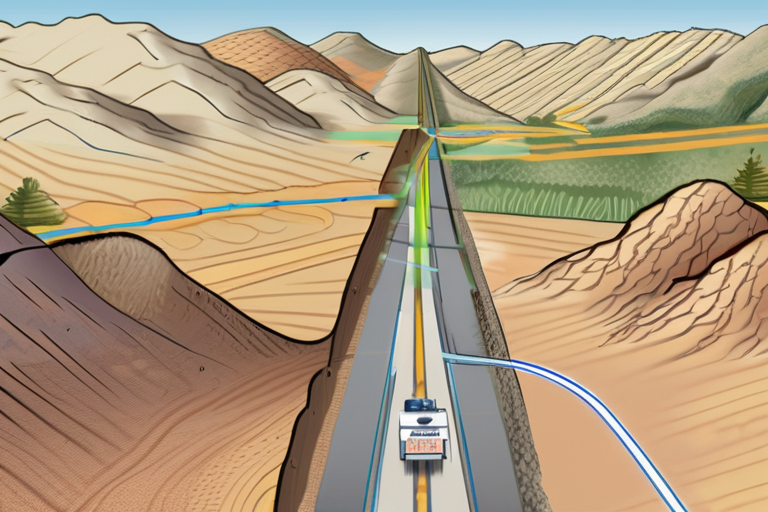
Share & Engage Share
Share this article